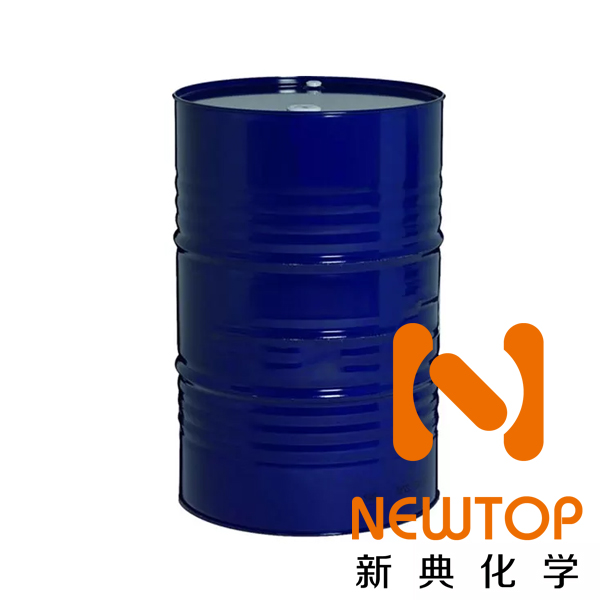Introduction
Polyurethanes are a versatile class of polymers used in various applications, ranging from flexible foams and rigid insulation to coatings, adhesives, and elastomers. The production of polyurethanes involves a reaction between polyols and isocyanates, facilitated by catalysts. Polyurethane catalysts play a crucial role in controlling the reaction rate, improving product properties, and reducing manufacturing costs. This article aims to explore the role of catalysts in polyurethane production, their types, and their impact on the final product.
Polyurethane Formation and the Role of Catalysts
Polyurethanes are formed through a reaction known as polyaddition, which involves the reaction between a polyol (an alcohol with multiple hydroxyl groups) and an isocyanate (a compound containing an isocyanate group, -N=C=O). The reaction proceeds via a step-growth mechanism, resulting in the formation of urethane linkages (-NH-CO-O-).
Catalysts are essential in polyurethane production as they significantly accelerate the reaction rate and improve the efficiency of the process. They achieve this by lowering the activation energy required for the reaction to occur, enabling the formation of polyurethane polymers under milder conditions. Additionally, catalysts help control the reaction kinetics, allowing for better process control and the production of polyurethanes with desired properties.
Types of Polyurethane Catalysts
Polyurethane catalysts can be classified into three main categories based on their chemical nature and mechanism of action:
Amines: Amines are the most commonly used catalysts in polyurethane production. They function by increasing the nucleophilicity of the polyol, promoting its reaction with the isocyanate. Amines can be further classified into primary, secondary, and tertiary amines, each with different catalytic activities and effects on the final product.


Metal Compounds: Metal compounds, such as organotin, bismuth, and lead-based catalysts, are also used in polyurethane production. These catalysts typically exhibit higher activity and selectivity compared to amines. They work by coordinating with the isocyanate group, enhancing its electrophilicity and promoting its reaction with the polyol.
Other Catalysts: Apart from amines and metal compounds, other catalysts, such as carboxylates, phosphines, and heterocyclic compounds, can be used in polyurethane production. These catalysts often have specific applications and are chosen based on the desired properties of the final product.
Impact of Catalysts on Polyurethane Properties
The choice of catalyst significantly influences the properties of the resulting polyurethane, such as its gel time, foam density, and mechanical properties.
Gel Time: The gel time is the time it takes for the polyurethane mixture to transform from a liquid state to a semi-solid gel. Catalysts can significantly reduce the gel time, enabling faster production cycles and improved process efficiency.
Foam Density: The choice of catalyst can also impact the density of polyurethane foams. Catalysts that promote the formation of smaller, more uniform cells can lead to the production of low-density foams, which are desirable for insulation applications.
Mechanical Properties: Catalysts can influence the mechanical properties of polyurethanes, such as their tensile strength, elongation, and hardness. By controlling the reaction kinetics and the formation of urethane linkages, catalysts can help tailor the properties of the final product to suit specific applications.
Environmental and Health Considerations
While catalysts play a crucial role in polyurethane production, it is essential to consider their potential environmental and health impacts. Some catalysts, such as organotin compounds and certain amines, can be toxic or have adverse environmental effects. As a result, there is an ongoing effort to develop greener and safer catalyst alternatives, such as bio-based catalysts and low-emission catalyst systems.
Conclusion
Polyurethane catalysts are indispensable components in the production of polyurethanes, enabling the efficient formation of these versatile polymers with tailored properties. By understanding the role of catalysts and their impact on the final product, manufacturers can optimize their production processes and develop polyurethanes that meet the demands of various applications. As research continues, the development of environmentally friendly and high-performance catalysts is expected to further advance the field of polyurethane chemistry.
Recommended Reading:



 微信扫一扫打赏
微信扫一扫打赏

